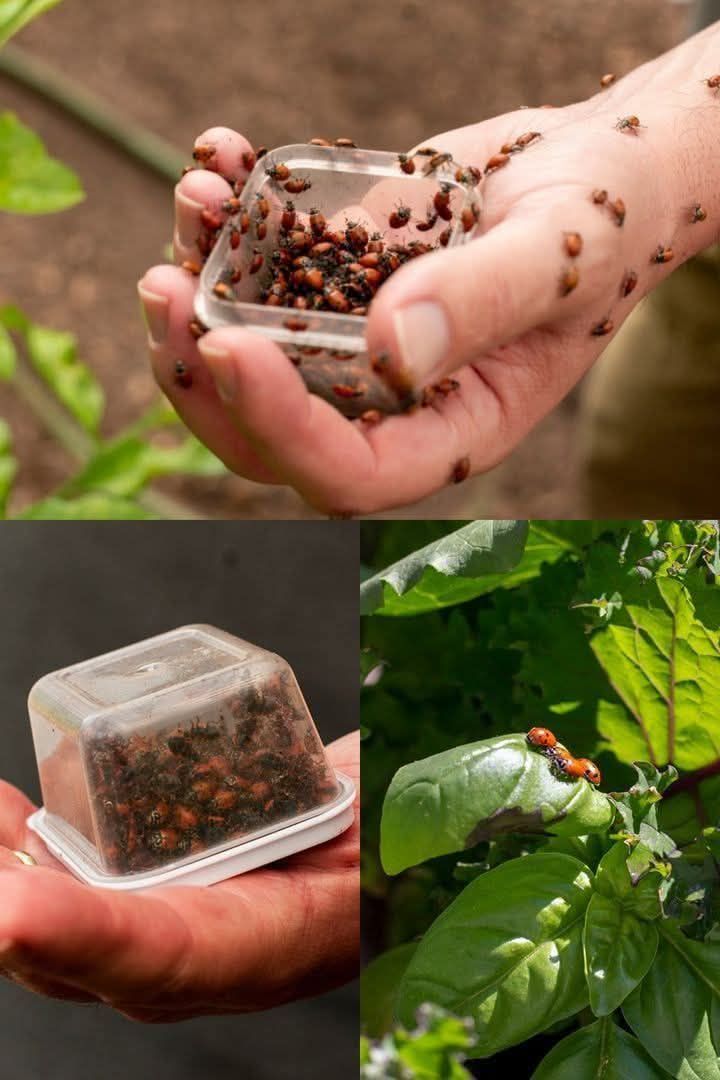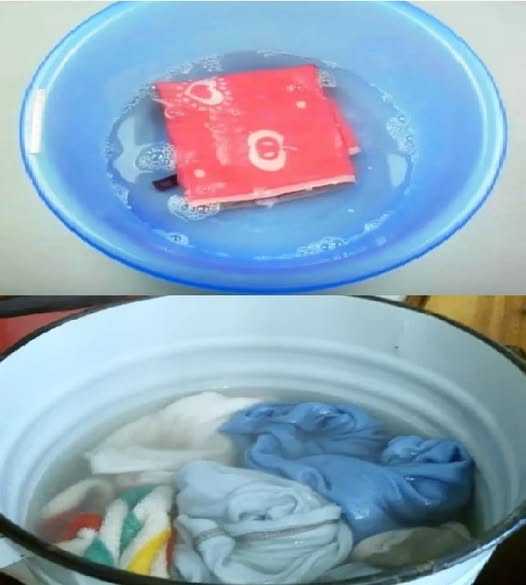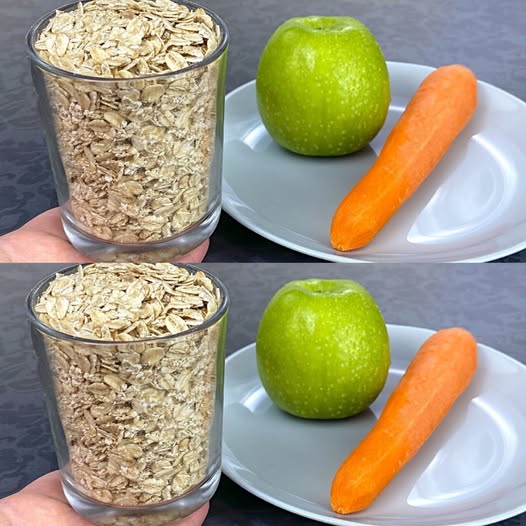When most people think of pest control in their gardens, they might imagine chemical sprays or insecticides. However, there is a natural and more sustainable way to protect your plants—ladybugs. These tiny red-and-black beetles are some of the most effective organic pest control agents you can get, as they love to feast on aphids, mites, and other garden pests. This is why I decided to buy 600 live ladybugs and release them into my backyard. In this article, I will share why I made that choice and everything I learned about how to keep them around once they are released.
Why Release Ladybugs?
1. Natural Pest Control
One of the main reasons to release ladybugs into your garden is to naturally control pests. Ladybugs, especially in their larval stage, are voracious eaters of aphids, which are tiny insects that can cause significant damage to plants. A single ladybug can eat as many as 50 aphids per day, and even more when they are in their larval stage.
Aphids, mites, and scale insects are notorious for weakening plants, spreading diseases, and causing general chaos in a garden. Releasing ladybugs offers a safe, non-toxic way to keep these pests under control without the need for harmful chemical pesticides, which can have negative effects on beneficial insects, soil health, and water quality.
2. Improving Plant Health
When pests are under control, your plants have a better chance of thriving. Aphids and mites can cause leaves to yellow, stunt plant growth, and transfer diseases from one plant to another. By reducing pest pressure, ladybugs help your plants grow healthier, more robust, and ultimately more productive.
Ladybugs are particularly helpful during the early growing stages of plants, as they can help prevent the stunted growth caused by pest infestations. By allowing ladybugs to do their job, you can create a healthier, more vibrant garden where your plants have the space to flourish.
3. Supporting Biodiversity
Releasing ladybugs into your garden helps increase biodiversity, which in turn strengthens the overall ecosystem. Healthy ecosystems rely on a balanced relationship between predators and prey. Ladybugs play a crucial role in this balance by preying on plant-eating pests. A garden that is rich in biodiversity, with natural pest control agents like ladybugs, creates a healthier environment for both plants and insects alike.
The presence of ladybugs can also attract other beneficial insects to your garden, such as bees and butterflies. These insects help pollinate plants and contribute to the overall vitality of the garden. In this way, releasing ladybugs is a small but impactful step toward creating a more sustainable and vibrant ecosystem.
How to Release Ladybugs and Get Them to Stick Around
While releasing ladybugs is a great idea, it’s not as simple as just opening a box and letting them go. Ladybugs tend to fly away if the conditions aren’t right, so it’s essential to release them in a way that encourages them to stay in your garden. Here’s everything I learned from my experience.
1. Choose the Right Time to Release Them
Timing is everything when it comes to releasing ladybugs. The best time to release them is in the early evening or late afternoon, when temperatures are cooler and ladybugs are less active. This reduces the chances of them flying away immediately upon release. Releasing them during the hottest part of the day may cause them to scatter in search of shade or water.
In addition, it’s important to release ladybugs during the right season. Ladybugs are most effective in the spring and early summer when pests like aphids are abundant. Releasing them at the right time ensures that there will be plenty of food to keep them around, increasing the chances that they will stick around in your garden.
2. Water Your Garden Beforehand
Ladybugs need water, so if your garden is dry, they may leave in search of moisture. To prevent this, lightly water your garden before releasing the ladybugs. This provides them with both water and the humid environment they prefer. However, be careful not to overwater, as excessive moisture may wash the ladybugs away.
A lightly watered garden is more welcoming to ladybugs, as it helps create the perfect environment for them to settle in. If your garden lacks moisture, ladybugs may not feel comfortable and may leave the area in search of more favorable conditions.
3. Release Them Near Food Sources
To keep ladybugs in your garden, you need to provide them with a steady food source. Releasing them near aphid-infested plants or other pest-prone areas is key to ensuring they stay in the area. Aphids tend to gather on the undersides of leaves, so be sure to look for plants that are already suffering from infestations and release the ladybugs directly onto them.
Pro Tip: If you don’t have many pests in your garden at the time of release, ladybugs might fly away in search of food elsewhere. To keep them in your garden, delay your pest control methods (such as spraying water or neem oil) and let the pests accumulate for a while. This will give the ladybugs a plentiful food source, making it more likely that they will stay.
4. Create Shelter for Them
Ladybugs prefer to stay in areas where they feel safe. Providing shelter, such as small logs, rocks, or garden plants, gives them places to hide when the weather gets too hot or rainy. Tall plants, shrubs, and overgrown garden areas are perfect spots where ladybugs can seek refuge.
Creating a variety of sheltered spaces in your garden ensures that the ladybugs feel comfortable and protected. These hiding spots are crucial, as ladybugs need places to rest, especially during the hottest parts of the day or when it rains. By creating diverse habitats, you make your garden more ladybug-friendly.
5. Avoid Using Pesticides
If you are relying on ladybugs for pest control, it’s essential to avoid using pesticides in your garden, even organic ones. Insecticides often don’t discriminate between pests and beneficial insects like ladybugs. Using them could inadvertently kill the ladybugs before they have a chance to control the pests in your garden.
Even natural pesticides, such as neem oil, can harm ladybugs. If you’ve been using pesticides in your garden, make sure to rinse off your plants thoroughly before releasing the ladybugs. This helps ensure that they don’t encounter harmful chemicals that could jeopardize their health and effectiveness.
6. Feed Them While They Settle In
If you release ladybugs in a garden with a small pest problem or during a time when pests are not abundant, it’s a good idea to provide them with some extra food while they settle in. Ladybugs love sugar water or honey water, which can provide them with the energy they need to start hunting for pests. Simply mix equal parts sugar and water and mist it onto the plants where the ladybugs are.
This supplemental food source helps keep the ladybugs around and gives them the energy to begin their important work of pest control. If you don’t have many pests in your garden yet, this extra feeding can help ensure they stay in your garden long enough to make an impact.
What Happened After Releasing 600 Ladybugs?
The first thing I noticed after releasing my 600 ladybugs was how quickly they dispersed throughout the garden. Many of them went directly to the plants with the most aphids, while others explored different areas of the yard.
After just a few days, I could already see the impact. The aphid population had decreased significantly, and my plants started to look healthier. The ladybugs were highly effective in reducing the pest population, and they managed to control the infestation much faster than I had anticipated.
Despite my best efforts, some ladybugs flew away in search of new environments. This was a natural response, as ladybugs tend to roam until they find a suitable place to settle. However, enough stayed behind to make a noticeable difference in my garden.
Final Thoughts
Buying and releasing live ladybugs into my backyard was an enjoyable and rewarding experience. It not only helped with pest control but also allowed me to support the local ecosystem by welcoming beneficial insects into my garden. The ladybugs made a significant difference in reducing the need for chemical pesticides while helping maintain a healthy garden environment.
If you are looking for a natural way to control pests and improve the health of your garden, ladybugs are a fantastic solution. Just make sure to release them at the right time, provide them with water and food, and avoid using harmful chemicals. With some patience and care, ladybugs can become a long-term ally in your gardening efforts.





